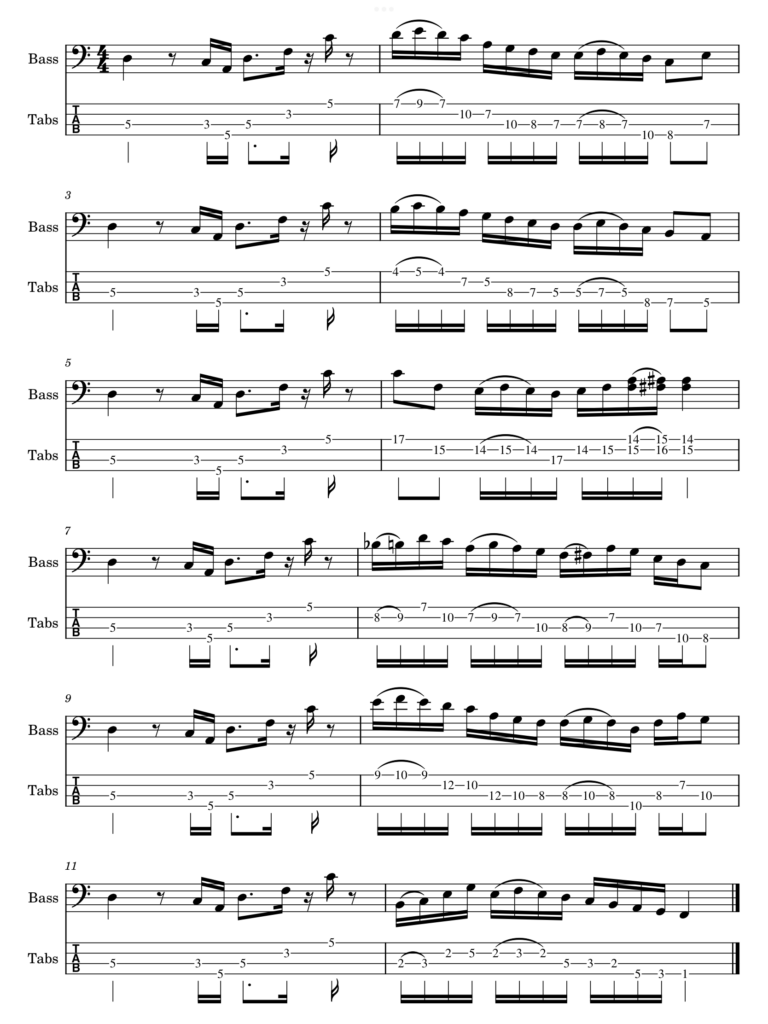What is a Trill?
Trills are a fun technique to use, they are a rapid alternation between two adjacent notes, typically a semitone or a whole tone apart. This technique adds a dynamic, decorative element to your fills and phrases providing a sophisticated sound.
Anatomy of a Trill
- Starting Note: The primary note from which the trill begins. This is your anchor note, providing stability.
- Trill Note: The adjacent note (higher) to which the starting note alternates. This note adds the variation and interest in the trill.
- Execution: The speed and evenness of the alternation between the starting note and the trill note are crucial for a clean and effective trill.
Techniques for Trilling on Bass Guitar
Positioning:
- Hand Position: Ensure your fretting hand is positioned with fingers close to the fretboard to minimise motion and maximize control.
- Finger Tips: Try maintaining precision and clarity.
Finger Strength and Independence:
- Exercises: Regularly practice finger exercises to strengthen and increase the independence of your fingers. This is essential for executing clean and fast trills ( I will make a lesson in the future about fingers independence)
- Coordination: Work on finger coordination exercises to ensure each finger can move independently and accurately.
Execution:
- Start Slow: Begin by slowly alternating between the two notes to ensure clarity and evenness in the sound. Focus on producing a clean sound without any unwanted noise.
- Increase Speed Gradually: As you become more comfortable with the motion, gradually increase the speed of the trill. Pay attention to maintaining evenness at higher speeds.
- Consistency: Ensure that both notes in the trill are played with consistent pressure and timing, avoiding fluctuations in volume and rhythm.
Practical Exercises

Groove & Fills

(Visited 95 times, 1 visits today)
